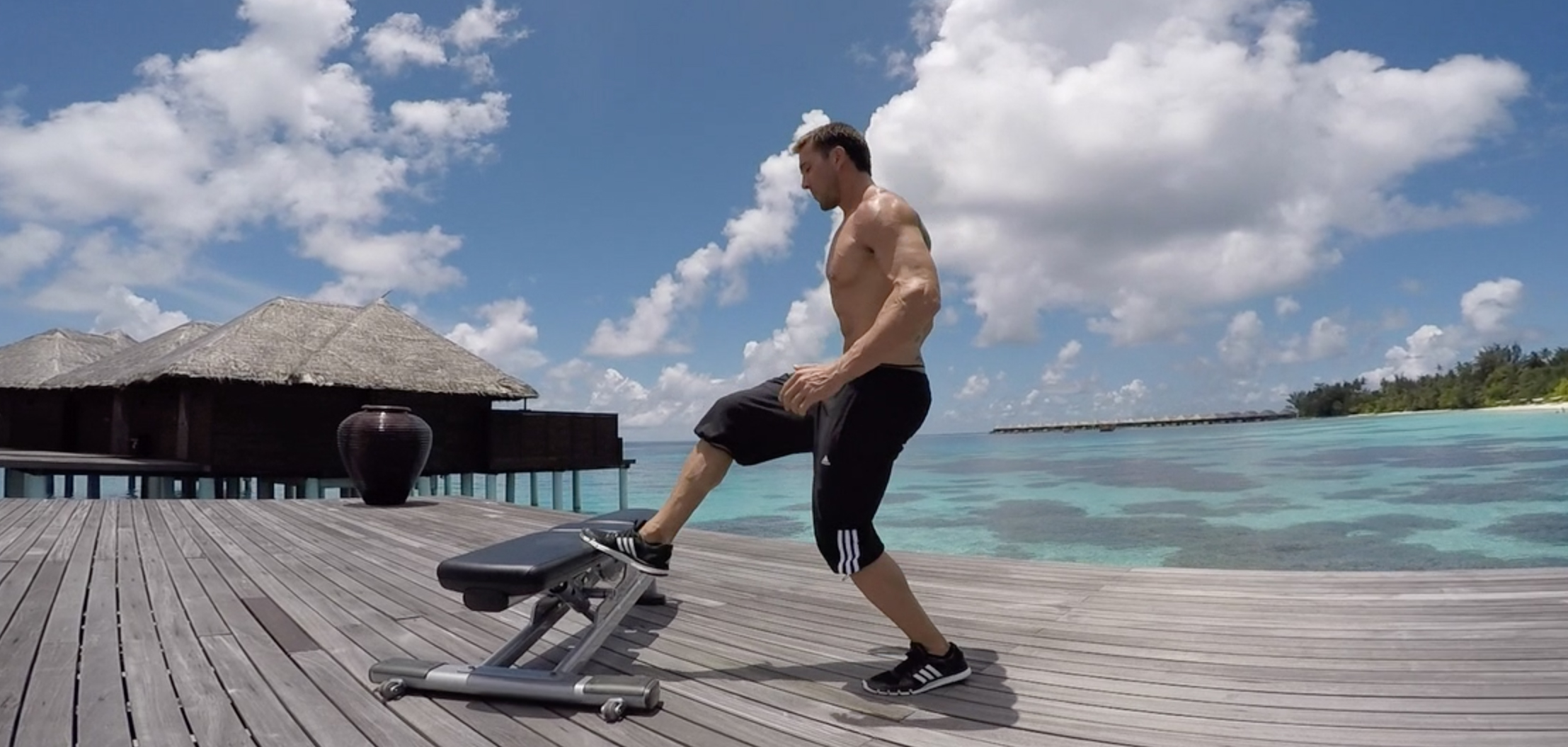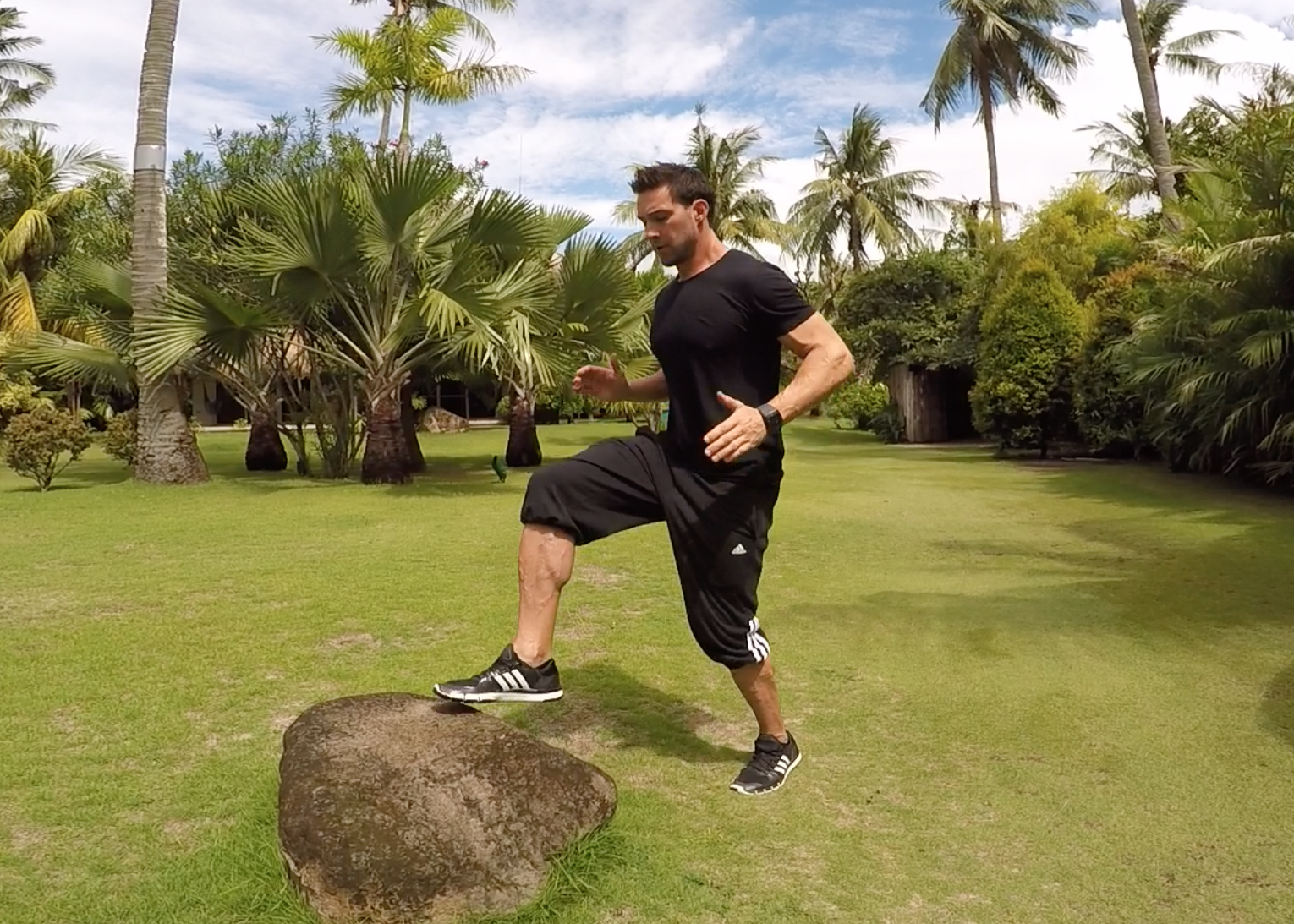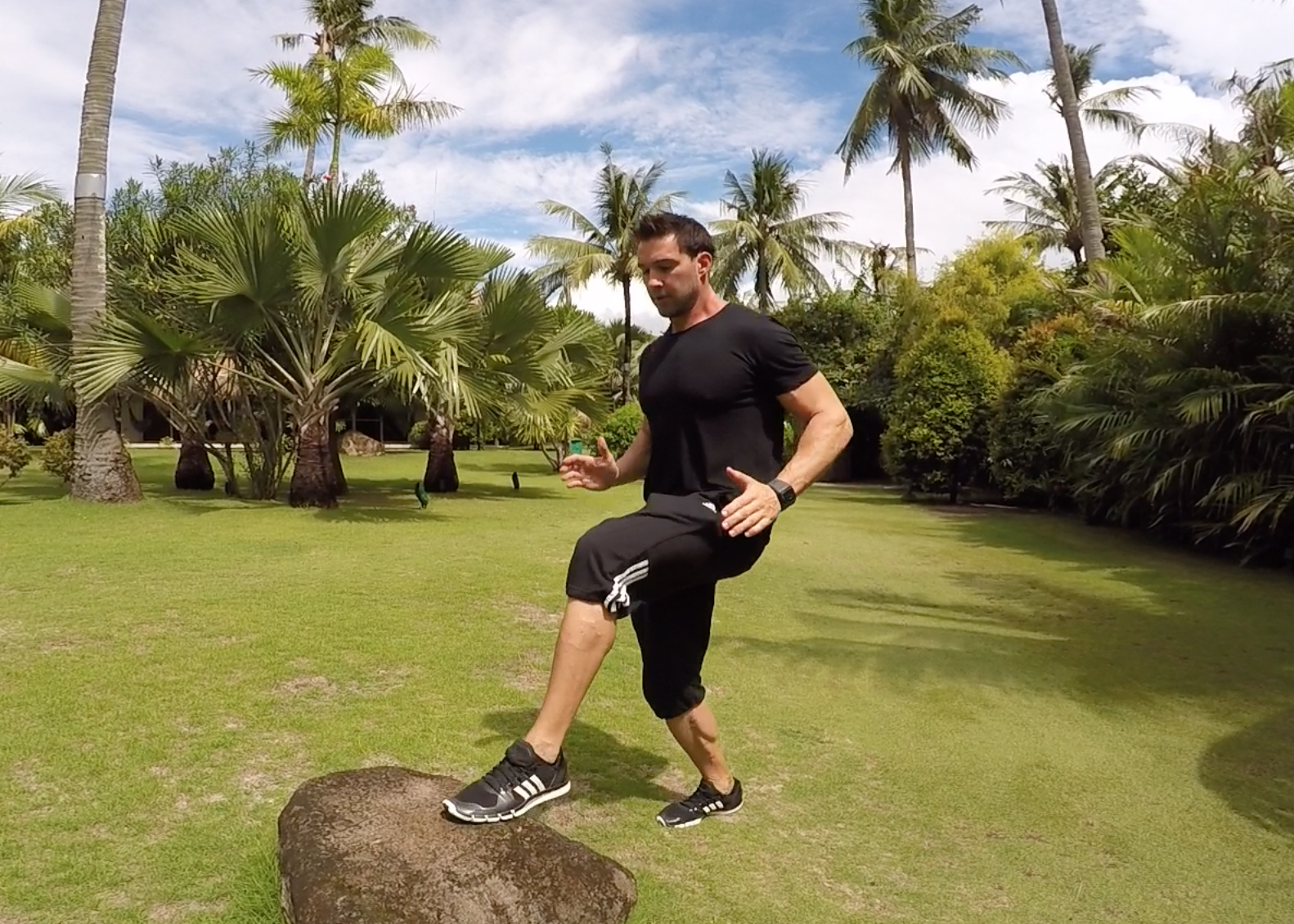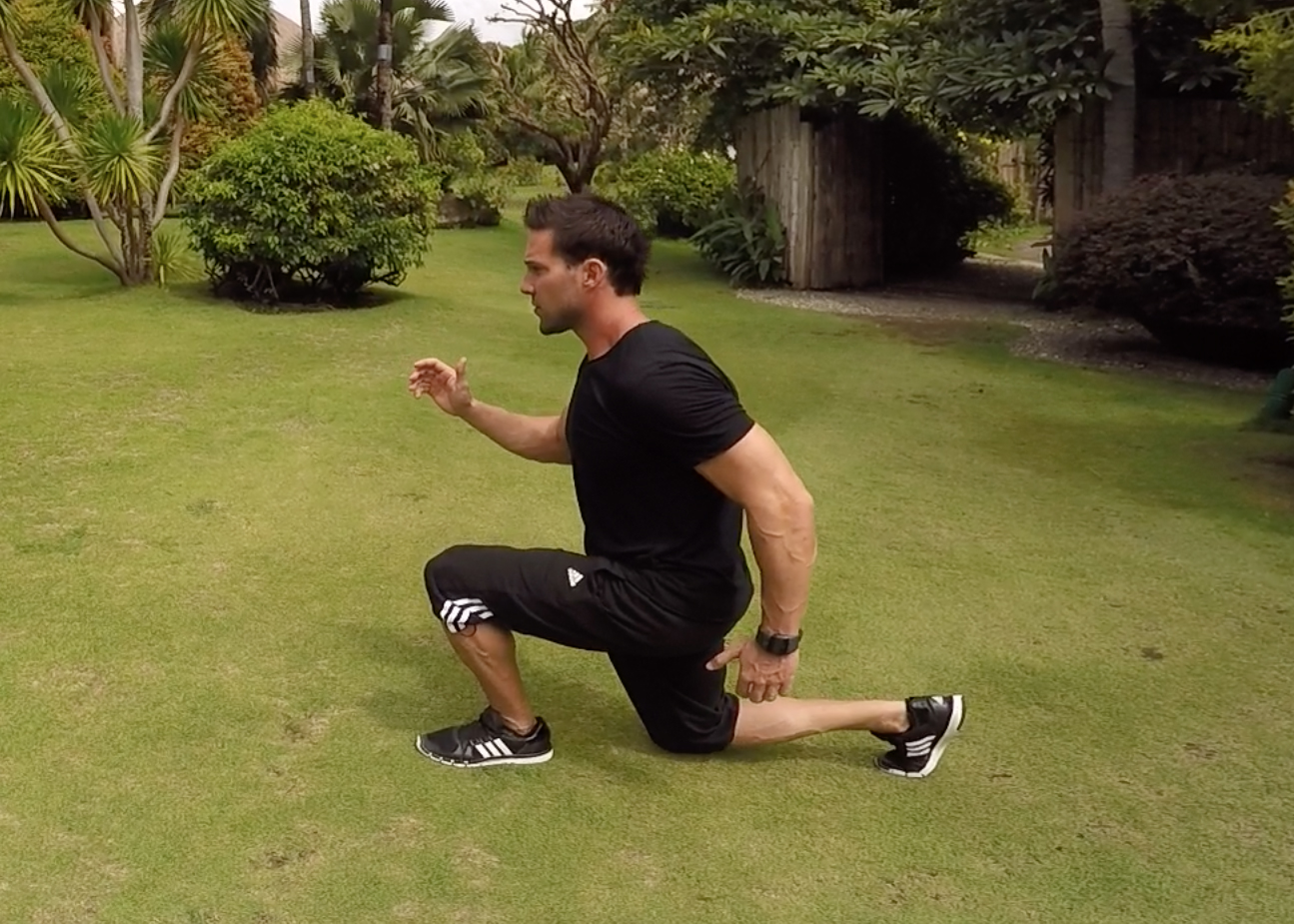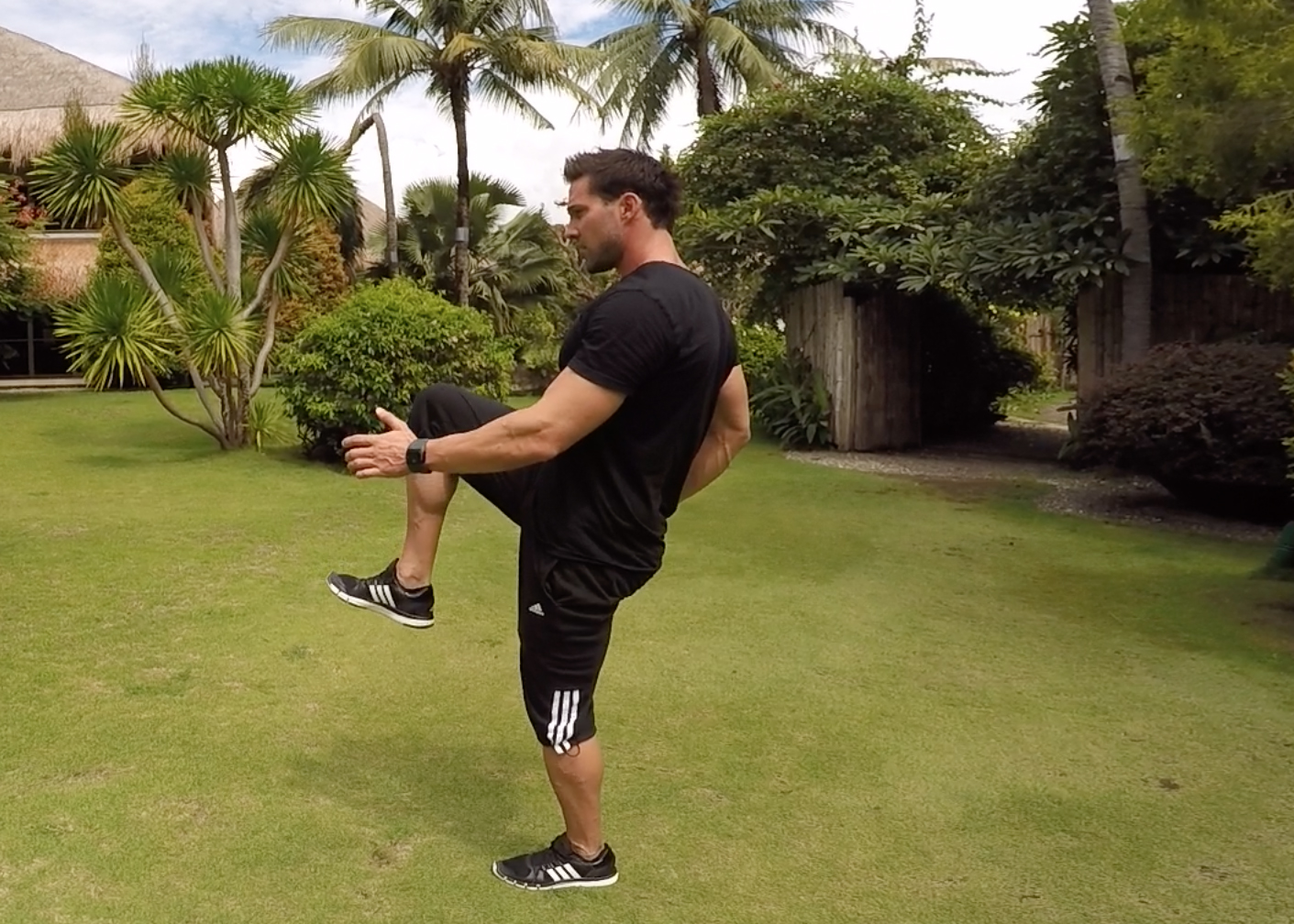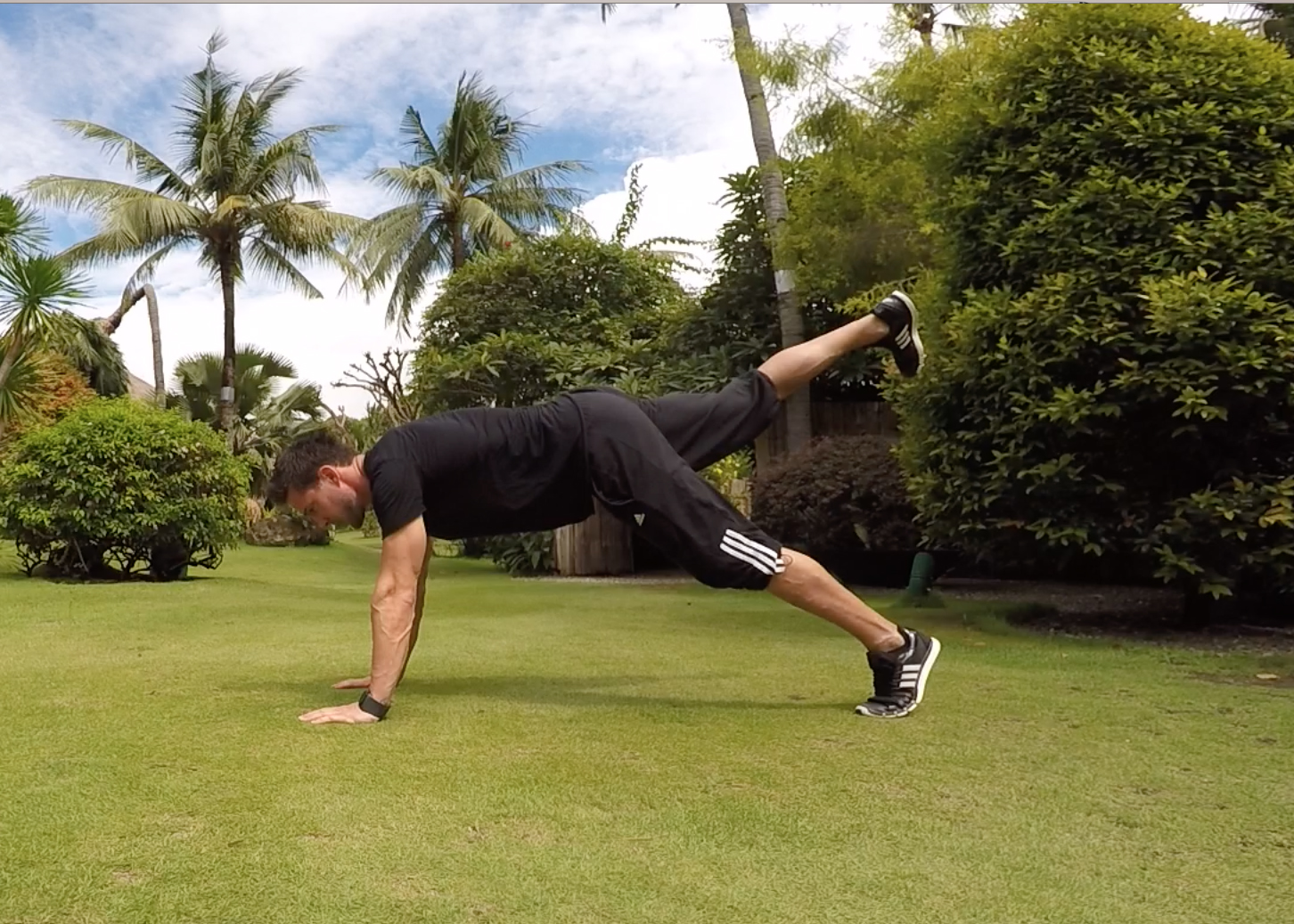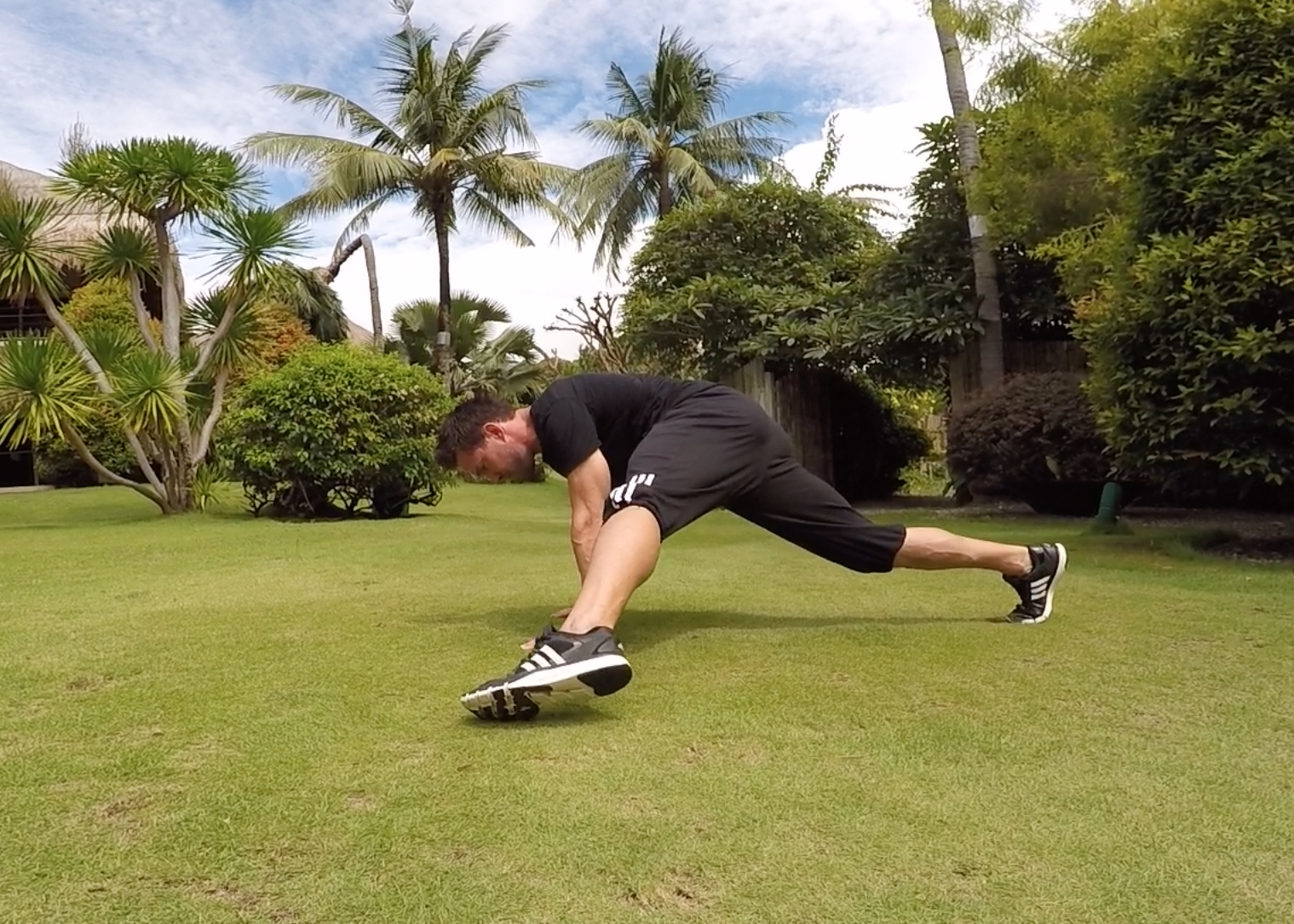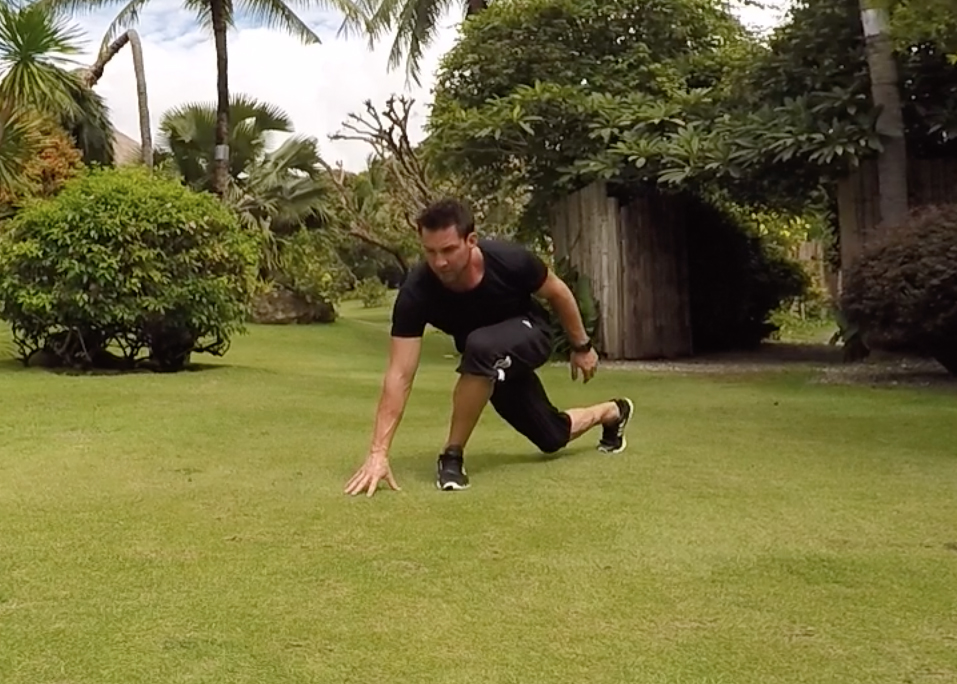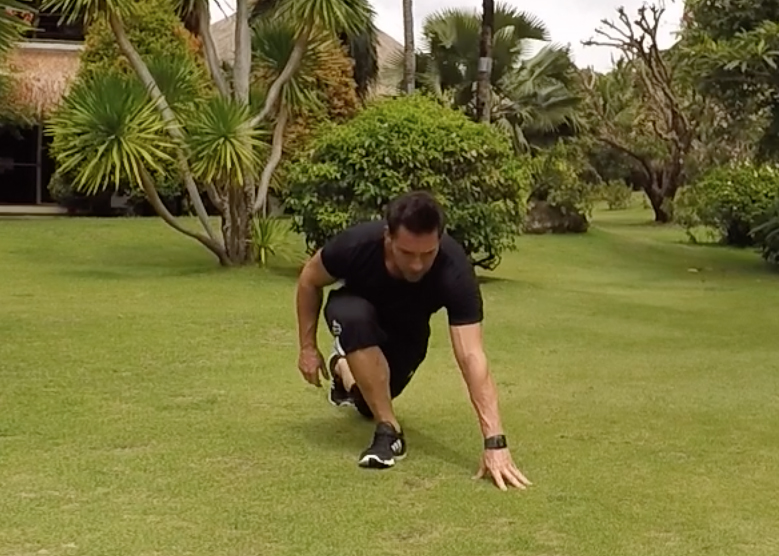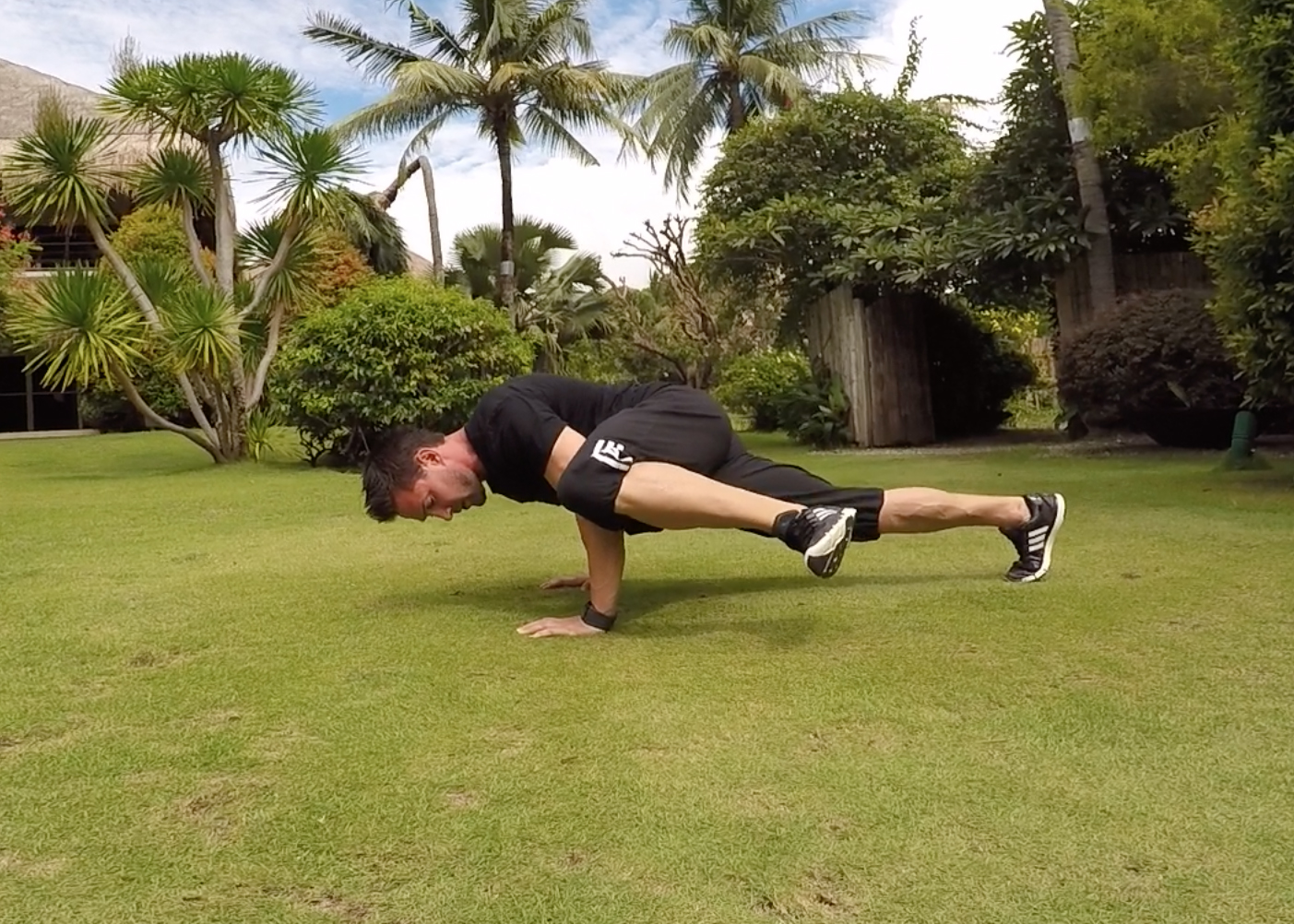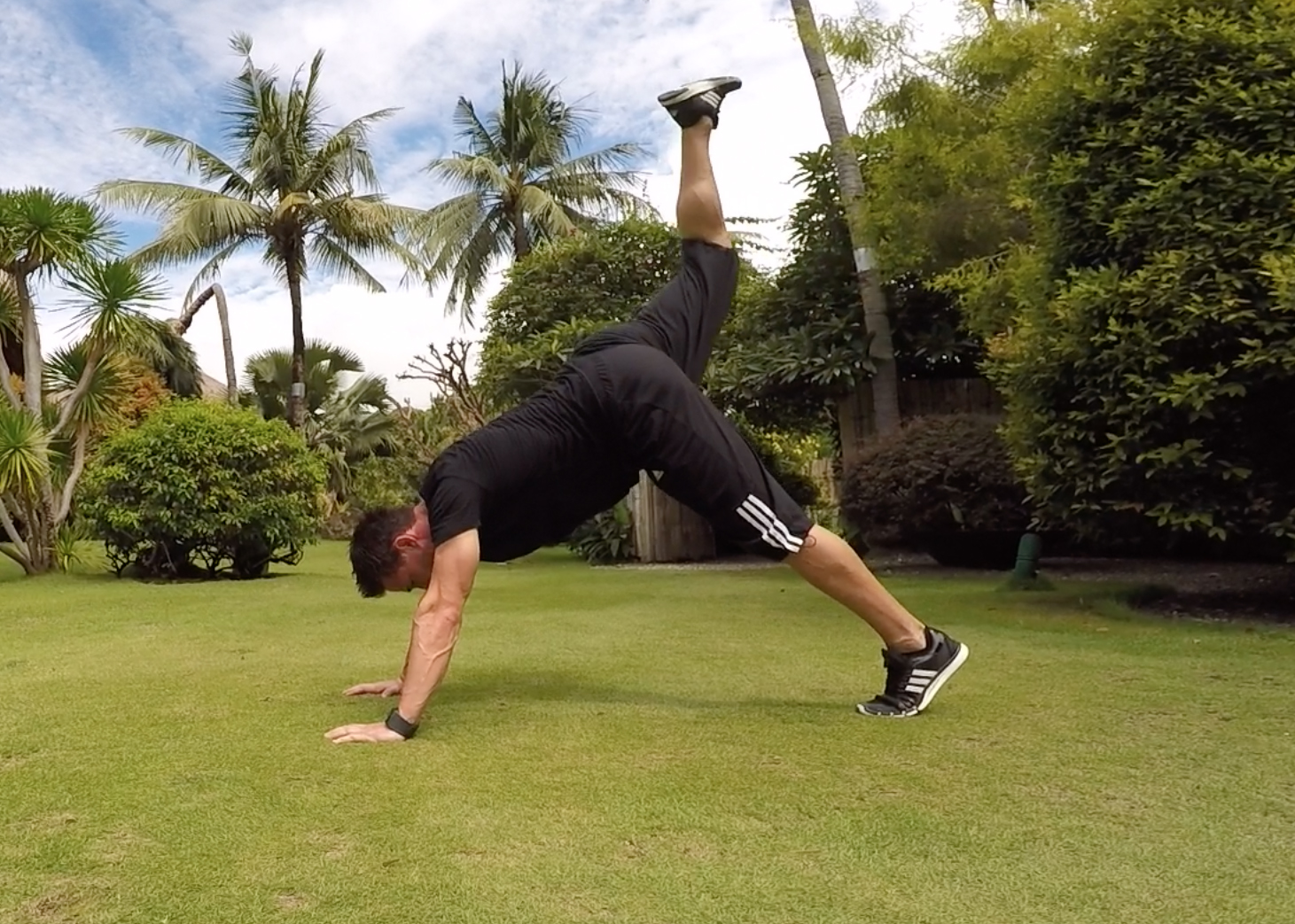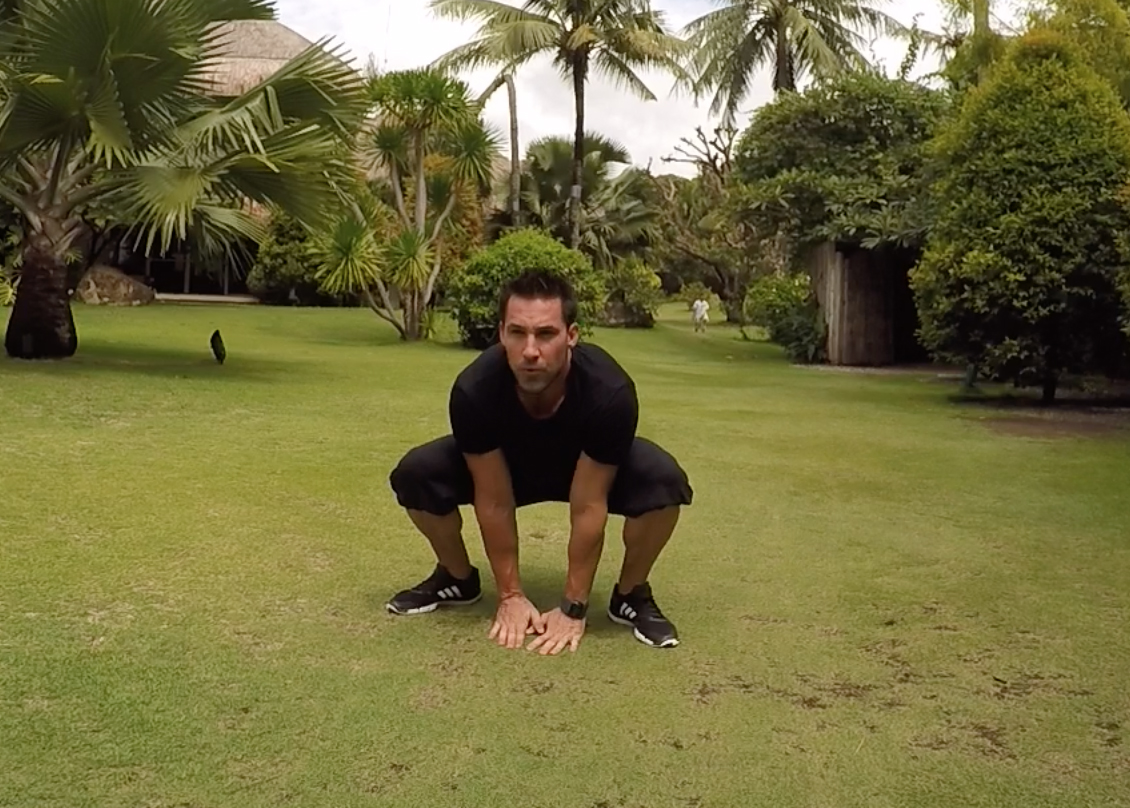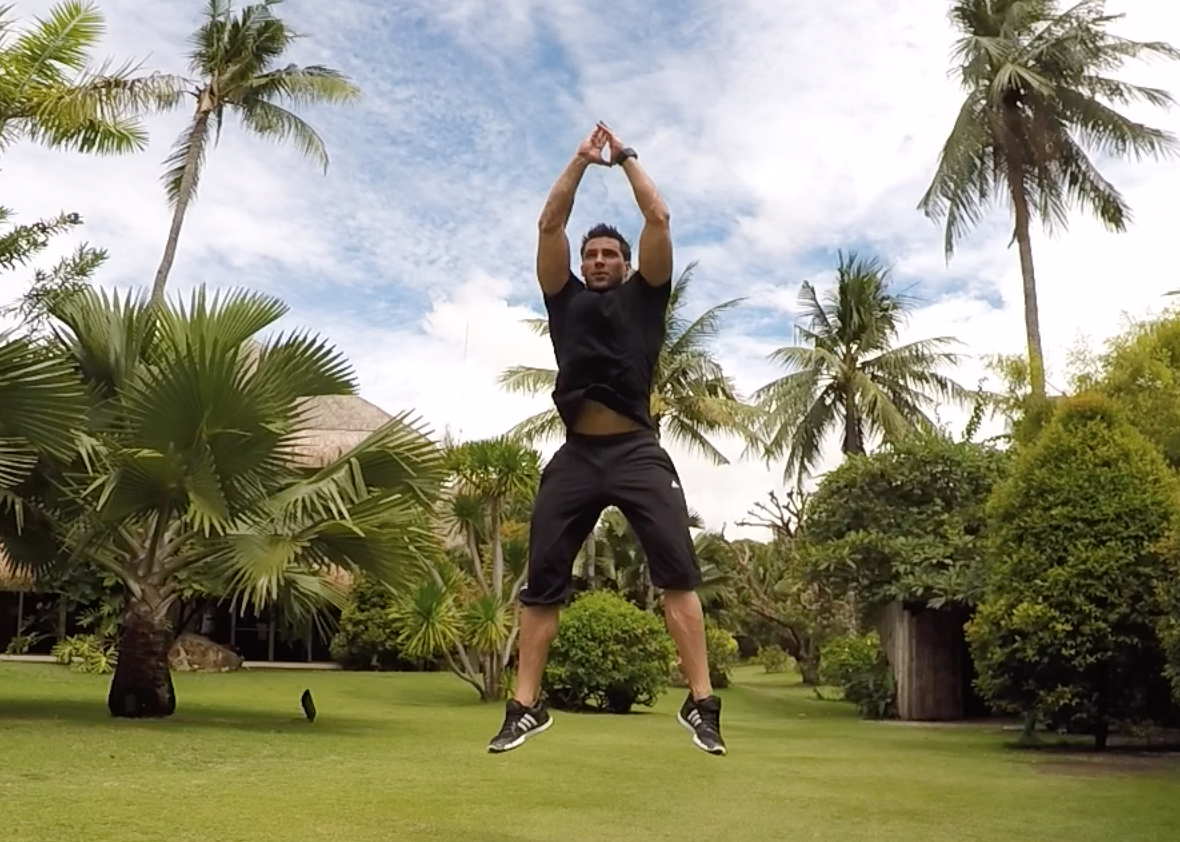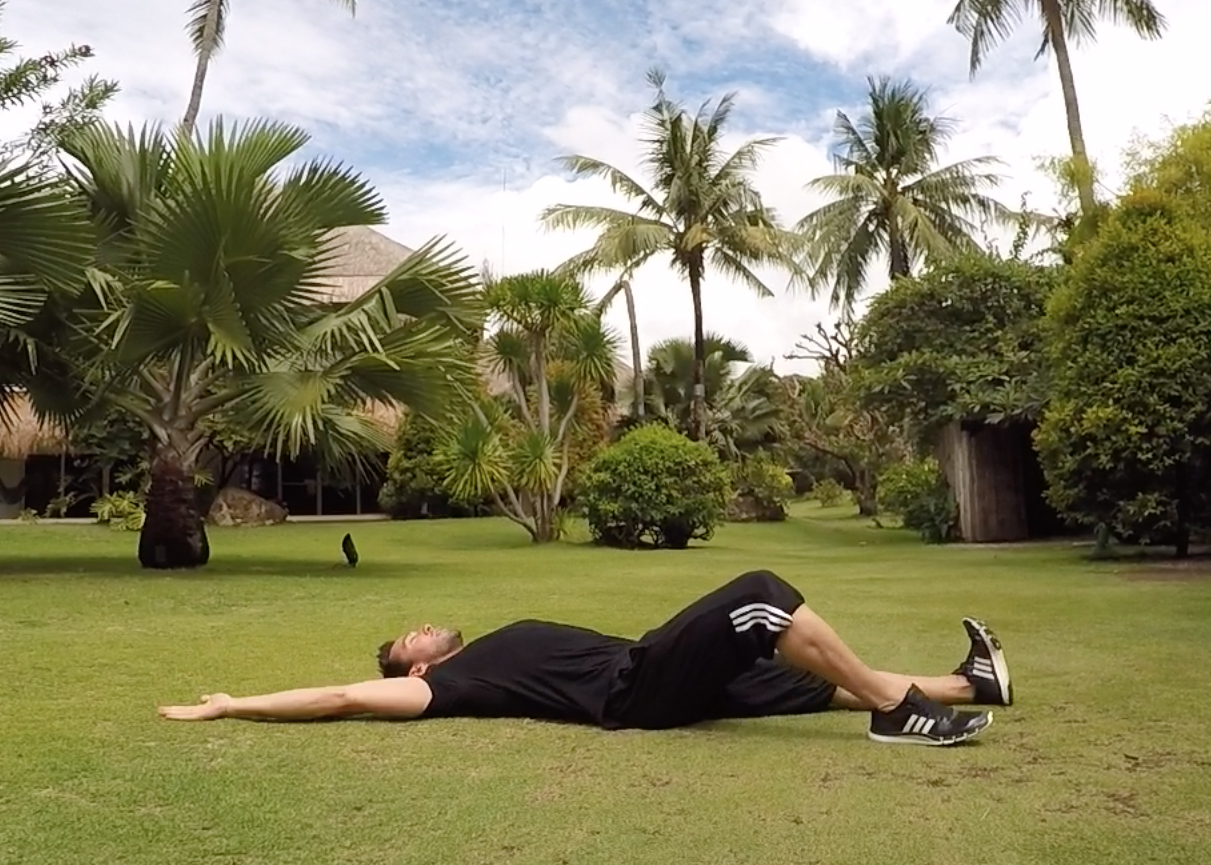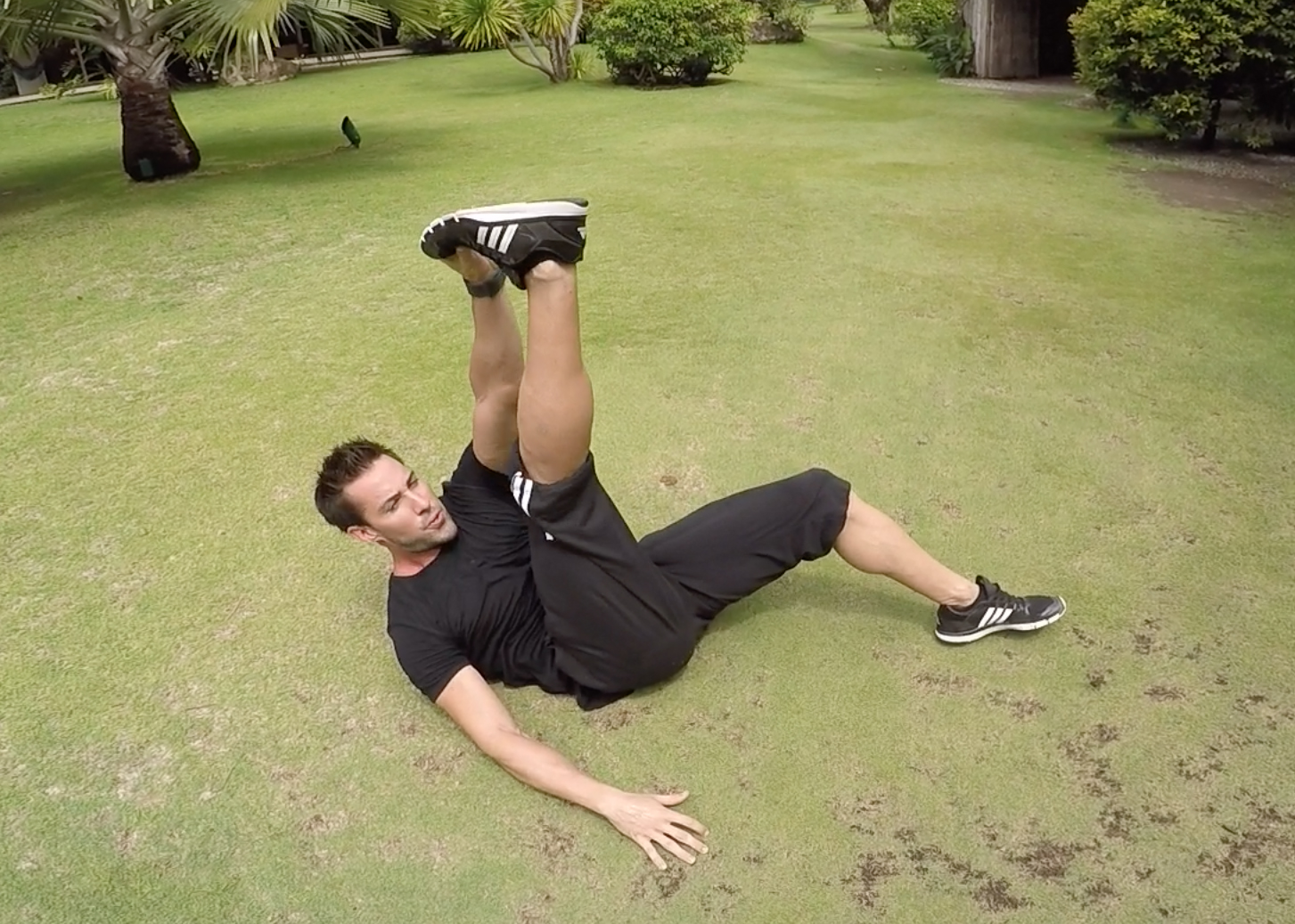No excuses. You can find 20 minutes a day. Set your alarm, go to bed earlier. Do something different and fit in this quick 20 minute morning workout. Why? It will put fire in your belly, boost your confidence and, best of all, it works. Meet our movement specialist and personal trainer, Dave Catudal, with a great workout routine to kick start your day.
I call this my Build & Burn workout. Here’s why it’s been a client favorite for a long time:
- Gets the whole body moving: There’s only seven exercises, but they move dynamically through all the major muscle groups. More bang for your exercise buck.
- All day metabolism booster: Taking only 20 minutes, it builds strength, power and burns tons of calories. As it challenges the muscular system and the cardiovascular system, it boosts your metabolism for the rest of the day. Doesn’t matter who you are, this morning workout will kick your butt.
- You can vary the intensity: How long you rest between exercises depends on your fitness level. For example, my beginner and intermediate clients will take about 15 to 20 seconds rest between exercises, while the elite MMA fighters that I train take no break at all. I recommend 10 to 15 seconds rest between exercises, but don’t take more than 25 seconds — you’ll be cheating yourself out of the true benefits of high intensity interval training if your rest periods are too long.
- Got more time? Do more circuits. Completing all seven exercises takes around six to 10 minutes. I recommend taking a a 60 to 90 second rest in between and completing a final round. But if you have more time, you can go for three, four of even seven rounds — the choice is yours.
The workout
- 50 x toe taps
- Back stepping lunges with knee raise, 10 x each leg
- Plank with hip abduction, 8 x each leg
- Jumping speed skaters, 8 x each side (or if stepping, 12 each side)
- Dragon plank with glute kick, 10 x each leg
- Frog jumps, 10 x reps
- Alternate arm/leg V-Ups, 10 x each side
After completing one round rest of 60-90 seconds. Repeat the workout.
Toe taps
Benefits: get your heart rate up, warm up the entire neuromuscular system and burn calories in this plyometric jumping movement.
A toe tap is like using a jump rope (without the rope). Stand in front of a bench, a chair, a step, (or in my case, a rock), or anything that is about 10-24 inches off the ground. The higher your target, the more challenging the exercise.
Starting with your knee raised on the object, and with a proud, chest-up posture, jump upwards and alternate your foot stance in controlled, quick jumping and switching motions. The key to proper technique in this exercise is to stay “light on your feet,” tapping the target lightly, and maintaining an upright position with your upper body. Don’t slouch!
Back stepping lunges with knee raise
Benefits: We sit for too many hours every day, making our posterior chain (the muscle group which includes our lower back, hamstrings, and glutes) lazy, leading to affected balance and poor posture. This many lead to inflexibility and injuries. A back stepping lunge can be just what the doctor (or in this case, the trainer) ordered to counter the effects of your inactive modern (read: seated) lifestyle.
First, make sure you’re comfortable standing on one foot. Lift up your knee. Next, with full control, SLOWLY push the leg back and bring yourself to a knee touching the floor position by pressing your leg behind you, and gently finding the floor with your toes. It should take you a full 2 seconds (I prefer 3 seconds) to lower yourself to the knee touching floor position. As soon as you are there, press off the ground with your opposite foot, lifting the leg that is behind you to the front of your body to complete the knee-raised top position.
Plank with hip abduction
Benefits: Unlike the static traditional plank exercise, this plank position generates impressive core activation and increases flexibility through a dynamic movement. As it’s incredibly challenging to the core, it will develop incredible abdominal strength, improve hip mobility and strength, and work the glutes and back muscles as well.
Lie on the ground and push up to a plank position with a tightly engaged core. Slowly lift one leg directly upwards off the floor. You’ll notice an immediate increase in abdominal tension, which is good! Now it’s time to really make your abs and core work. With a controlled but powerful movement, swing your leg outside your body as if you were doing a side kick, and try to push your leg all the way outwards until you touch your toe to the ground in line with your hand. Don’t expect to get your leg too far outwards the first few times — it takes practice! Soon you will notice an increase in your hip flexibility, and you’ll get much stronger too.
Jumping speed skaters (or side stepping speed skaters for beginners)
Benefits: Challenge our body in a way that it is rarely stimulated in daily life.
To properly execute this move, you should first be comfortable with the back stepping lunge. Take that same exercise movement, but cross your back leg behind you, so that your legs are literally crossed in the knee-down position. It might feel awkward at first, but that’s OK, you’ll get it after several reps and soon it will begin to feel “right.” Make sure that your leg is really stretched out behind you — in the back/bottom position, this leg should be almost straight with only a slight bend at the knee.
Dragon plank with glute kick
Benefits: Improves strength and mobility. The dragon plank helps to increase shoulder strength and flexibility. It works the upper and lower back, challenges the postural muscles, and it stimulates huge demand in the abs and deep rotating core muscles.
This move is similar to the plank with hip abduction, but there is an abdominal knee crunch involved, and a rear hip extension/glute kick.
To perform this movement with the proper technique, start in a plank position then slowly shift your body weight forward as you bring your knee towards your elbow. The goal is be able to touch your knee, aiming slightly above the elbow. Then begin to shift your bodyweight backwards while extending your leg back and upwards, pushing your foot over your hips in a glute kicking motion.
Frog Jumps
Benefits: Adds extended range of motion in the hip joint. It loads and stretches the leg and glute muscles in the bottom position, and then it explodes to a maximal force movement that generates huge muscle fiber recruitment.
Squat low with your feet slightly wider than shoulder width apart, your arms inside your knees. Then you give it everything you’ve got with a powerful upwards motion, launching yourself into the highest jump possible while throwing your arms over head to help to propel you upwards. As soon as you land, take that loaded bottom position, and launch yourself upwards into a jump again. Minimizing rest time at the bottom will maximize your results. I recommend no more than two seconds in the bottom position.
Alternate arm/leg V-Ups
Benefits: A great finishing move to round out the morning workout. It stretches your hamstrings while challenging your upper/lower body connection with the powerful and dynamic moment that requires coordinated timing.
To perform this exercise properly, your leg and your arm need to meet directly in the center of your torso. If your leg accelerates upwards faster than your upper body accelerates forwards, the result is a really awkward movement that feels “weird” and hard, but not hard in the good way. It might take a little practice to perfect this one, but when you do, I am quite confident that it will become one of your favorite ab exercises.
